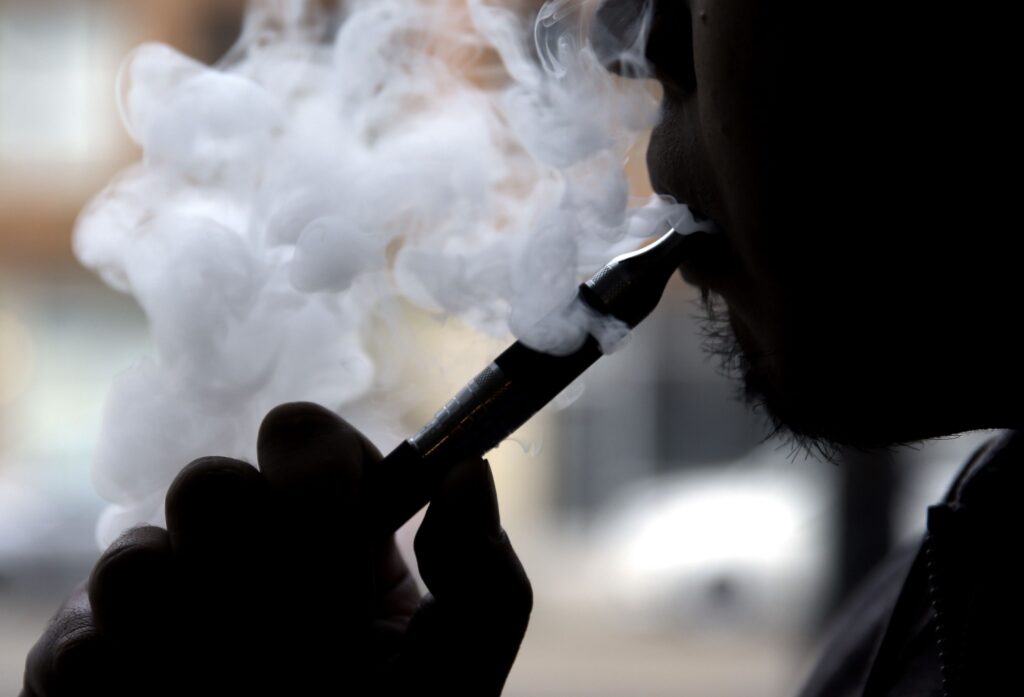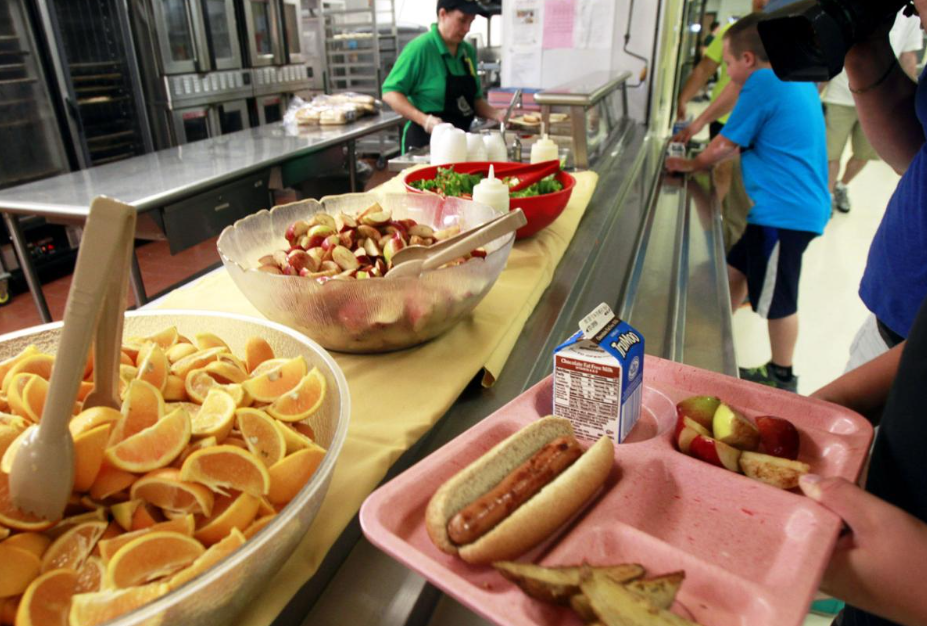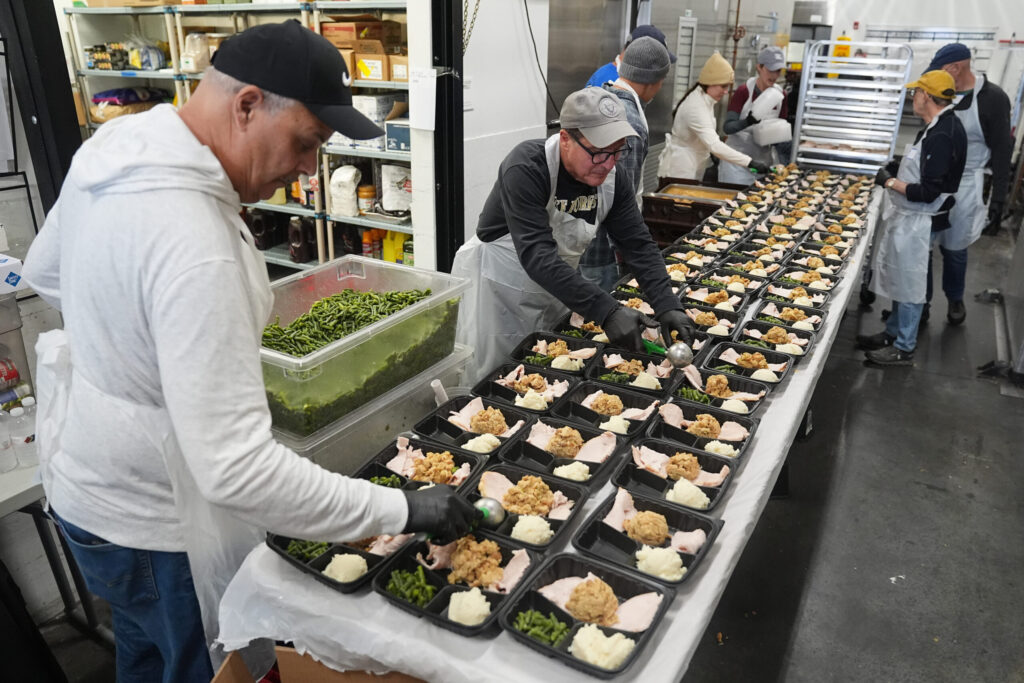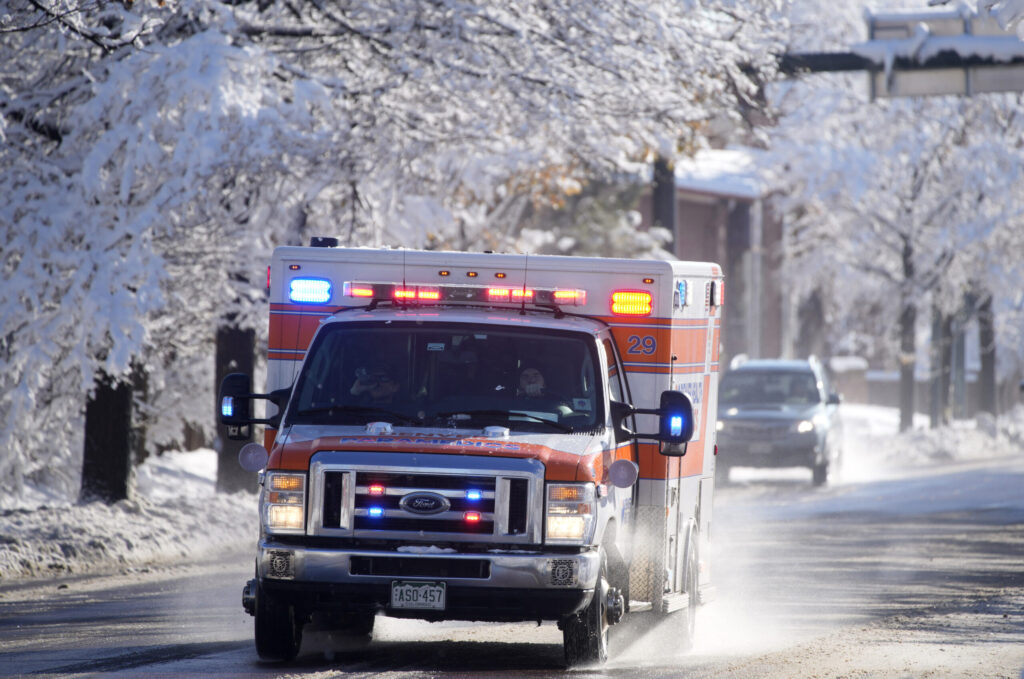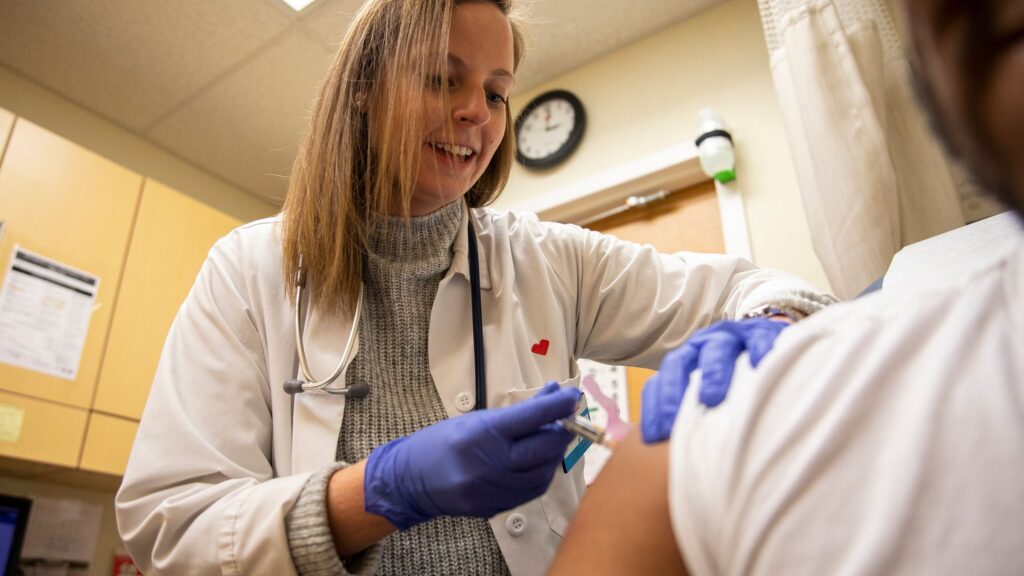Study: Vaccinating elderly stops deaths, in youth it stops infections

"Bill" William Shakespeare, 81, receives the Pfizer-BioNTech COVID-19 vaccine, at University Hospital, Coventry, England, Tuesday Dec. 8, 2020. The United Kingdom, one of the countries hardest hit by the coronavirus, is beginning its vaccination campaign, a key step toward eventually ending the pandemic.
Jacob King
Researchers from the University of Colorado Boulder predicted what will happen if different age groups are prioritized for the COVID-19 vaccine, finding that distribution strategies could greatly influence the future of the pandemic.
Research suggests that prioritizing adults 60 years old and older would save the most lives, but prioritizing 20- to 49-year-olds would prevent the most infections.
Vaccinating children first very rarely led to a positive outcome, the researchers said.
“In the broadest array of scenarios, across countries, prioritizing adults 60-plus first was the best way to minimize mortality,” said co-author Dan Larremore. “If we want to go back to pre-pandemic behavior, giving the first wave of vaccines after health care workers to older adults is the way to go.”
COVID-19 vaccines in Colorado: Your guide
This finding was used to inform global vaccine distribution strategies, with the study being referenced by the World Health Organization and the Centers for Disease Control and Prevention.
To reach this conclusion, the team used demographic data from eight countries — the U.S., Belgium, Brazil, China, India, Poland, South Africa and Spain — and modeled the results of using five distribution strategies in each country.
Strategies included prioritizing children and teenagers, 20- to 49-year-olds, 20 or older, 60 or older and no prioritization at all.
“If transmission is rampant, and hospitals are being overwhelmed, then directly protecting those who are at the highest risk for severe outcomes is the best way to save lives and decrease the stress on our health care system,” said lead author Kate Bubar.
Colorado's first doses of COVID-19 vaccine expected as early as Sunday, officials say; state resists CDC request for vaccination data
“But, if instead, transmission is relatively low in a given area, then prioritizing those who have the most contacts would be better — provided that the vaccine blocks transmission.”
However, things get a lot more complicated after the initial distribution.
In addition to looking at age, the team also analyzed the percentage of people who have previously been infected with the virus.
The research concluded that, in areas hit hardest by the pandemic, prioritizing vaccines for those who have not yet contracted the virus might stretch the vaccine’s influence and help achieve herd immunity faster.
For example, in New York City, 27% of people have been infected with COVID-19. Vaccinating one in five people over the 60 could decrease mortality by 73%.
But the same result would be achieved by vaccinating just one in six older adults who have not had the virus.
Healthier Colorado survey shows 40% of Coloradan participants either won't or are unsure if they'll receive a COVID-19 vaccine
If vaccine availability becomes scarce, the researchers suggest requiring antibody tests before giving out vaccines in these areas. However, for cities with low levels of exposure, the effort might not be worth it.
“We hope that state governments will consider the local status of the epidemic in their decisions about who to prioritize,” Bubar said.
This study is currently under peer review. The researchers hope to publish it in early 2021.
In addition to Larremore and Bubar, researchers from the Harvard T.H. Chan School of Public Health and the University of Chicago contributed to the study.






